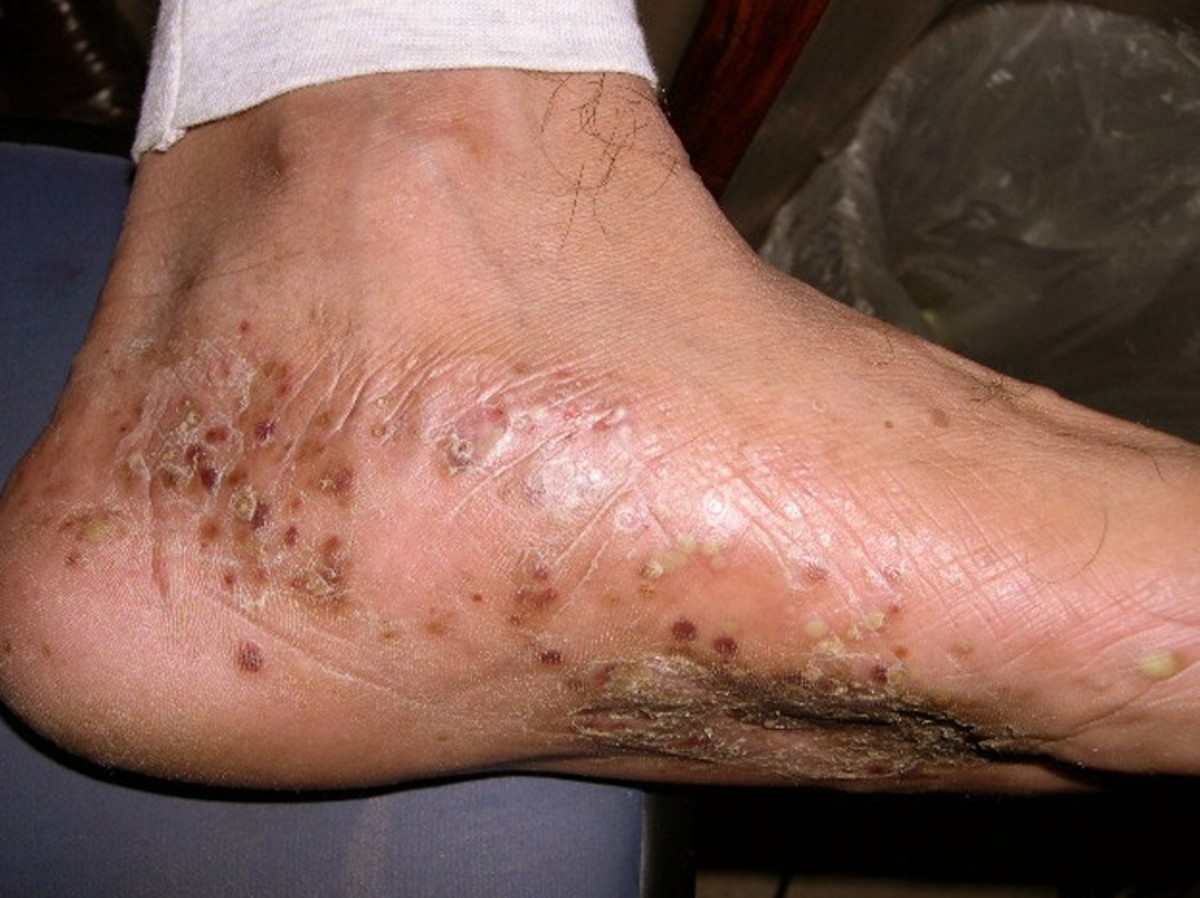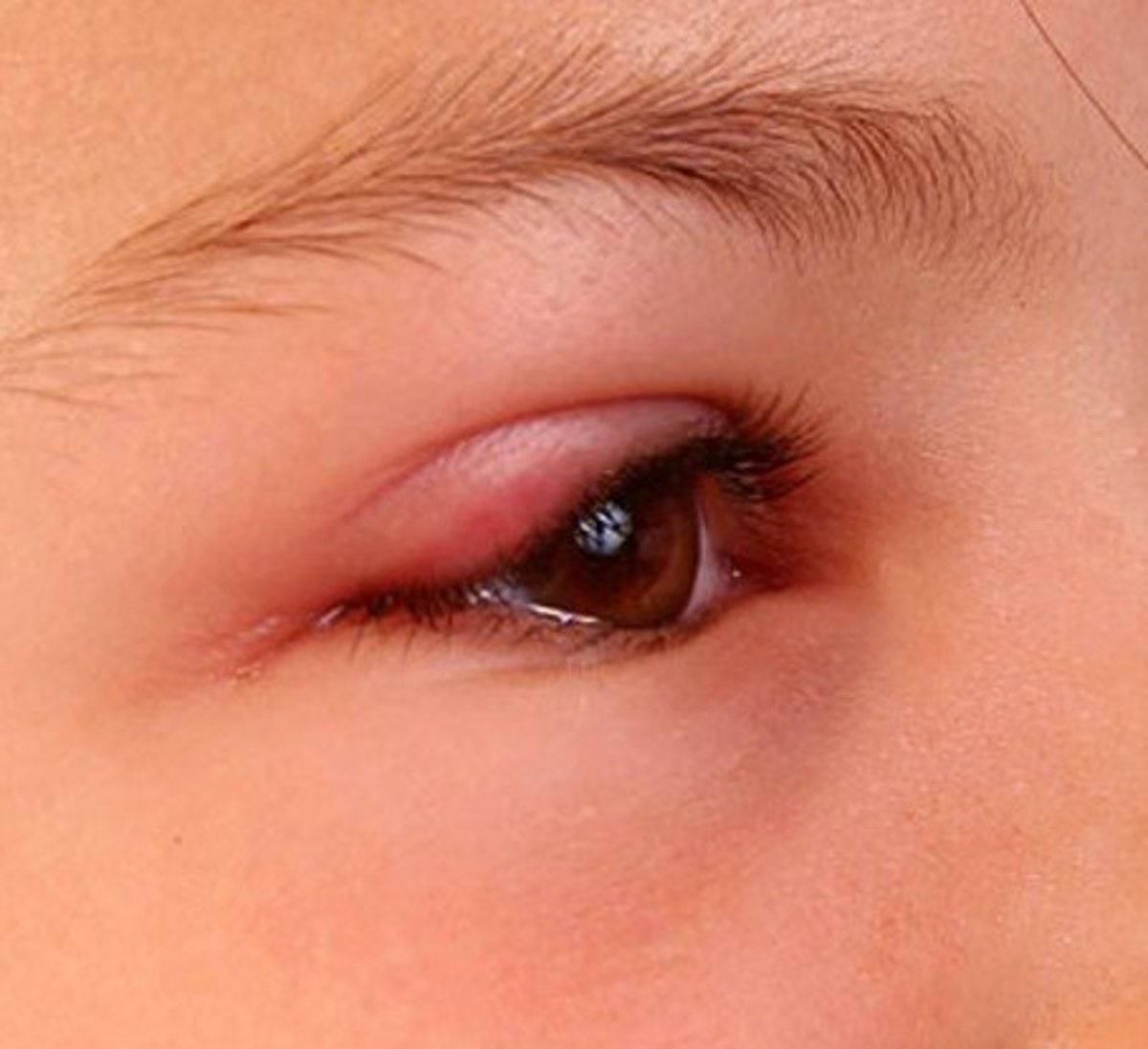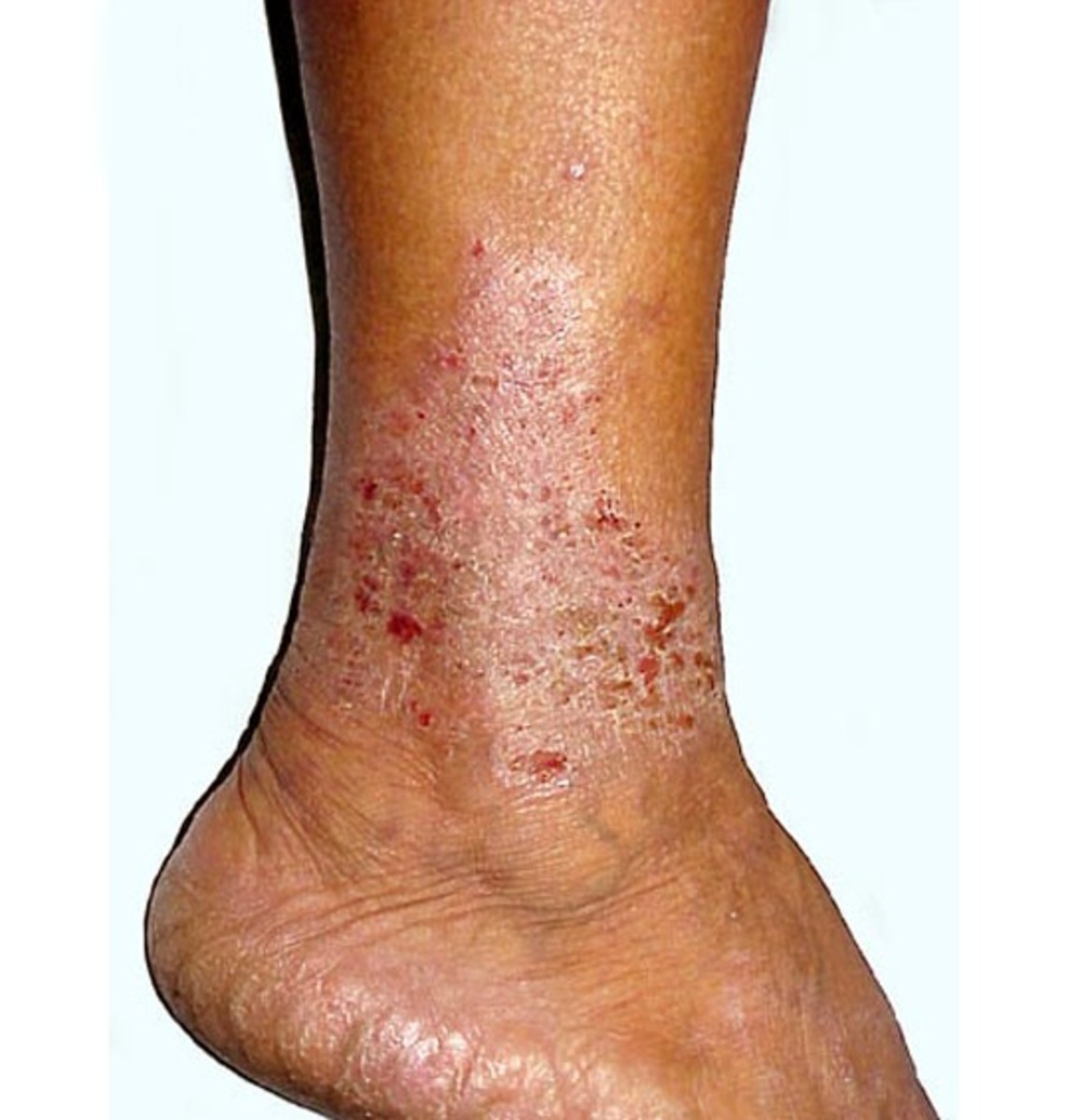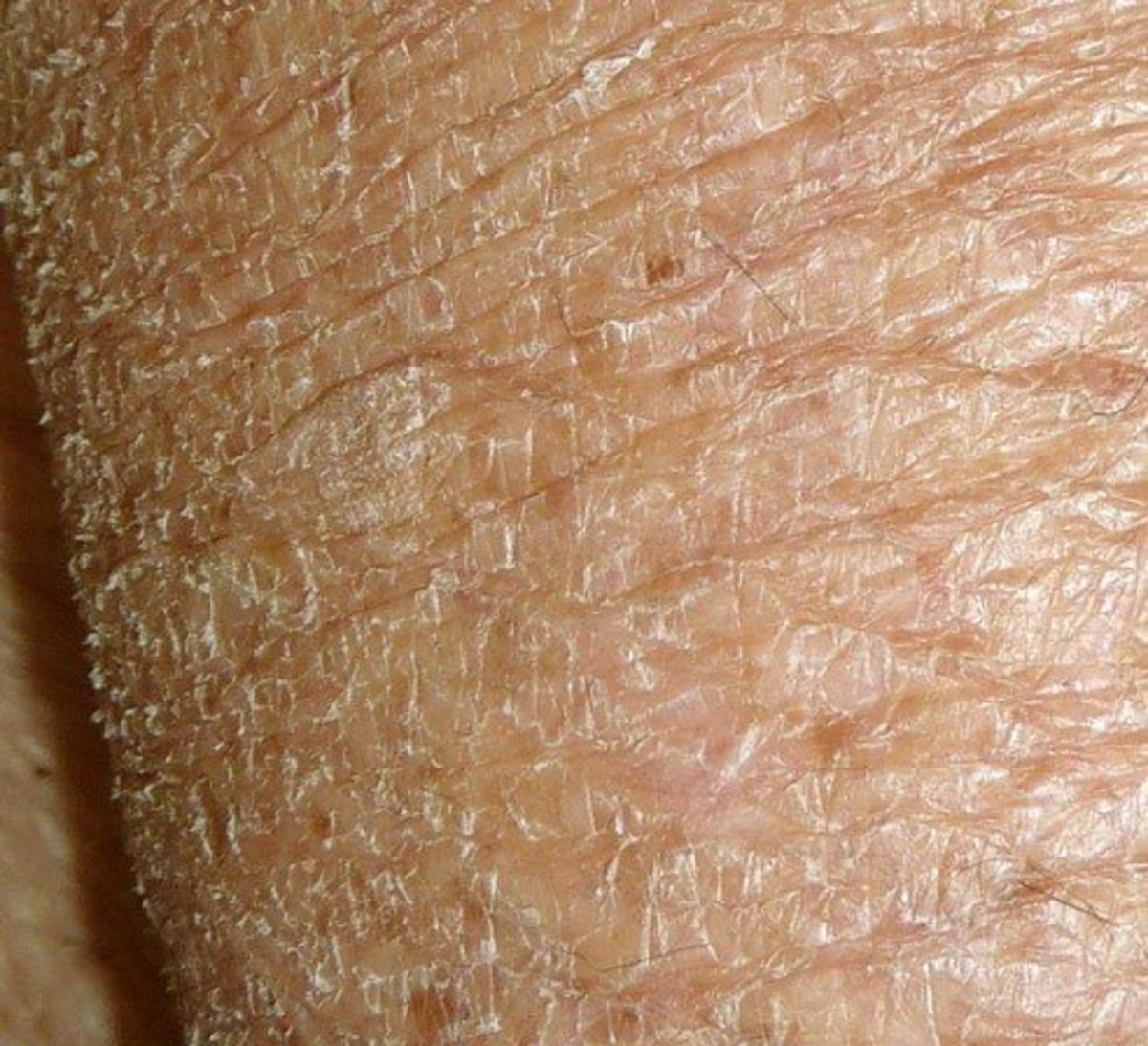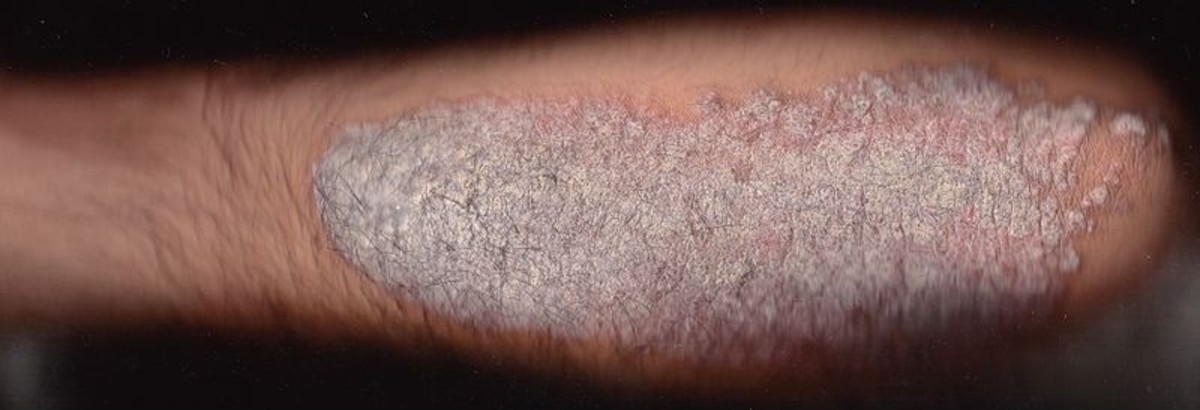Emphysema - Pictures, Life Expectancy, Treatment, Symptoms, Causes
Emphysema Pictures
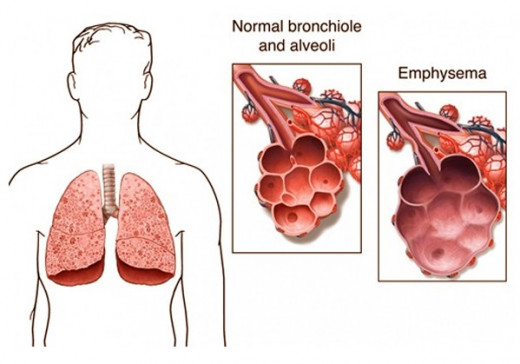

What is Emphysema?
This medical condition is when the tissues of your lungs that are needed to maintain the functioning and proper shape of your lungs are destroyed. Emphysema comes from a Greek word that means inflate. This is a progressive disease and is a very harmful respiratory disease. Emphysema belongs to the group of diseases that are called "Chronic Obstructive Pulmonary Disease" (COPD). Many times this medical condition will occur with bronchitis. In the United States approximately two million people are suffering from emphysema and are more commonly found in older men over the age of fifty. The ones at the highest risk of getting emphysema are smokers. Although it is thought that because of certain hormones women are protected from getting emphysema but in today’s world because women are smoking more heavily, the number of cases of women developing this medical condition goes up each year.
Symptoms
Usually symptoms do not appear until thirty to fifty percent of the tissues of the lungs are damaged. The main symptom is having a shortness of breath which usually starts out gradually and gets worse over time. When some people start to have shortness of breath they start to avoid doing things that cause them to be short of breath. This is one of the reasons why it can go undetected for many years. The shortness of breath may not become a problem to many people until it starts to interfere with daily activities and tasks. When a person has emphysema they will still find themselves short of breath even when they are resting. One way to tell that your shortness of breath is not like other respiratory conditions but could be emphysema is that the problems with your breathing do not happen during inhalation but instead during exhalation.
Some of the other symptoms of emphysema can include:
- Rapid breathing called "tachypena". Normally the respiration rate for an adult is between twelve and twenty breaths per minute but if a person has emphysema it can go beyond those numbers.
- A chronic cough that just refuses to go away over an extended period of time and may or may not be accompanied with sputum.
- There may also be an excess production of mucus
- A temporary symptom would be "cyanosis", or blue skin, especially noticeable after strenuous activity but will usually go away after resting. This symptom occurs because various parts of your body are not getting enough oxygen.
- Having a barrel chest which is where your chest is expanded and looks like a round barrel. This is a symptom that is normally observed in advanced stages. It happens when a huge amount of air becomes trapped inside your air sacs and will not come out causing you to struggle to exhale.
- Possibly a lack of appetite that can lead to you losing weight.
- Nail clubbing
- Wheezing
Causes
The main cause is being exposed to airborne irritants over a long period of time. Some of these irritants are:
- Smoke from regular tobacco, which is the primary cause. When you smoke it causes inflammation inside your lungs and this can lead to the bronchioles swelling and can destroy the tissues inside your lungs.
- Second hand smoke
- Passive smoking
- Smoke from marijuana
- Pollution in the air
- Fumes from manufacturing industries
- Silica and coal dust
- Weakened immune systems
It is rarely caused by a deficiency of a protein that is inherited. This protein protects your lungs elastic structures.
Treatment
Emphysema is irreversible and there is no cure but there are methods in which to treat this medical condition.
- One of treatments that are most commonly used is to use a "bronchodilator". This type of medication will help to open your air passages to their fullest and help to relax your airways that are constricted. Using one will help to relieve not only your shortness of breath but also help to relieve the coughing.
- Steroid medications can be used to help treat the inflammation in your lungs. These are inhaled steroids in the form of aerosol sprays. They may also help to relieve your shortness of breath.
- Antibiotics if you have a bacterial infection like pneumonia or acute bronchitis.
Treatment for severe cases
- Hospitalization for severe cases of shortness of breath.
- Surgery to remove damaged lung tissues called "lung volume reduction", When they remove the damaged tissue it can help improve your breathing and allow the remaining tissue to work more efficient.
- Lung transplant only if all other treatments have failed and you have a severe case,
Therapy treatments
- Supplemental oxygen may be used if you have a severe case and have blood oxygen levels that are low. You would use this type of therapy at home on a regular basis and when you exercise to help give you some relief with your breathing. Some people even require using supplemental oxygen all the time.
- Pulmonary rehabilitation where you will learn techniques and breathing exercises to help you have the ability to exercise and help to reduce your shortness of breath. You will also get advice on the right type of nutrition because during the beginning stages you need to lose weight but when you are in the later stages you may need to gain weight.
It is also very important to make lifestyle changes so you can help prevent emphysema from progressing to COPD. You should also stop smoking if you do and try not to be exposed to secondhand smoke. You should also try to stay away from pollutants in the air like harmful chemicals, dust, and smoke. If you have to be around these pollutants you can wear a face mask. If you need help to quit smoking there are medications called smoke cessation drugs. Two of these types of medications are Chantix and Zyban. You should also try to protect yourself from cold air because it can cause your bronchial passages to spasm and make it more difficult to breathe.
Life Expectancy
- Stage 1 (mild) - eight out of ten people at this stage survive for four years
- Stage 2 (at-risk) - out of every ten people at this stage, six or seven survive for four years.
- Stage 3 (moderate) - fifty percent of the people at this stage survive for about four years.
- Stage 4 (severe) - at this stage it is very low because many at this stage are finding it difficult to walk normal and have weight loss that is uncontrollable.

